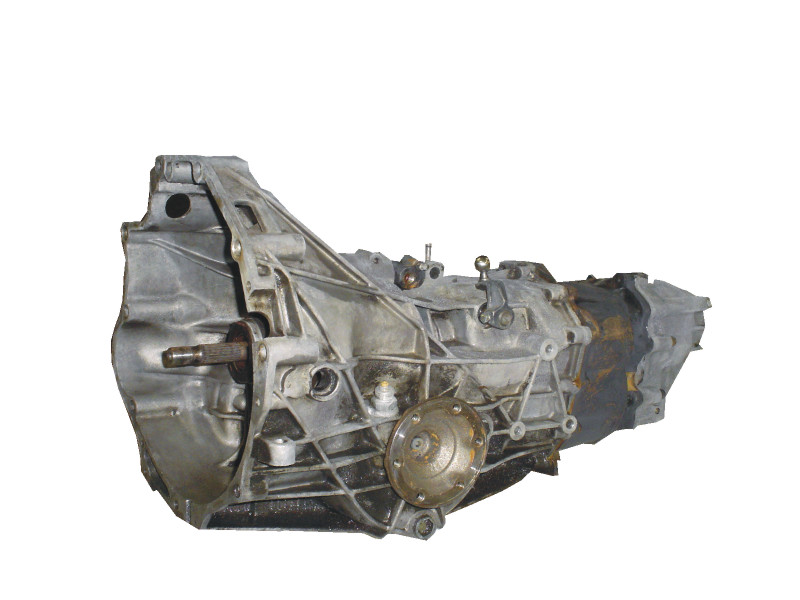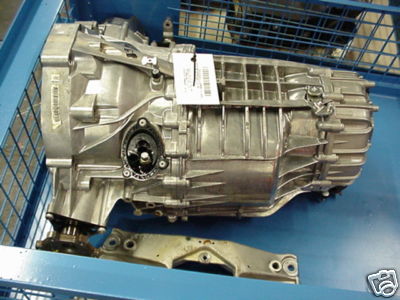*PLEASE TRY TO KEEP ALL POSTS RELEVANT TO THE TOPIC!!!*
*THIS IS NOT A THREAD TO SELL YOUR STUFF...if you have technical info to add, or pertinent questions that would make this thread BETTER, please post! IF NOT, PLEASE REFRAIN FROM POSTING IRRELEVENT POSTS*
*The goal is to create a thread worthy of a sticky for reference use by other members! REMEMBER...THIS THREAD IS FOR USERS INFORMATION, TO ENCOURAGE BUILDERS TO PURSUE THEIR DREAM BUILDS*
*I'm trying to create a "living document" that I can keep adding to and others can contribute to. THIS IS FOR THE MEMBERS!*
Starting with kit cars in the 60's and 70's, to replicas in the 80's and 90's, to custom builds, repowered vehicles and exotic kit cars from the 00's-now...the main connective thread has always been the transaxle.
What is a transaxle? It is a combination gearbox and R&P with differential, in one case. It is compact and a must-have for a mid-engine or rear-engine build!
So let's get this party started and cover the most common O.E.M. varieties as well as a few aftermarket models that offer a gamut of options for different budgets.
I have created a companion thread to this one dedicated to ADAPTER kits: https://grassrootsmotorsports.com/forum/grm/improviseadaptand-overcome-a-companion-thread-to-transaxles/152073/page1/
I'm not sure how I want to organize this thread, so I'll include O.E.M. (brand), constructor model #, years available, budget and companies offering them. If you can think of more info you'd like to know about, please let me know so I can incorporate the data as it becomes available.
Wherever possible, I will include links for sources and where I have obtained the data.
The important thing to remember when selecting a transaxle is that the gear ratios are compatible with the RPM range of the engine it will be mated to. Both so that your engine will be developing power at the operating range it was designed or modified to, as well as that it will meet your performance requirements (1/4 mile times, 0-60 times, top speed, etc.), and also so that you will be able to drive on the highway at tolerable RPMs...droning is very common with SBF, SBC, SBD, and LS series engines at 2500-3000ish RPM steady-state. Obviously a track-only car will have different requirements to a street-driven or dual-use car.
Center Distance is the measure of the distance between centers of shafts.
Generally speaking, strength of a gearbox is determinate upon 3 main factors: C/D (center distance), width of gears, and bearing spacing/placement.
There are some differences that can make a factor in strength determination, ie; steel alloys used in manufacturing of shafts and gears, shot-peening, cryo, and ISF (aftermarket and OEM finishes applied to machined components), helical vs. straight-cut gearing (applies to thrust loading of shafts), size of R&P (generally speaking, bigger is better, but not always) and oil cooling provisions for highly-loaded components (removing heat helps bearings and alleviates galling and fretting).
Hypoid offset refers to the shift of a pinion gear to it's mating ring gear from the centerline, either above or below centerline. Traditional American R&P's use a hypoid offset, other than the early (1900-1930ish) rearends...for example the 10" Quick-Change is based on the early Ford 1-ton 10" rear end, as the 8 3/4" Quick-Change is based on the Ford V8 rearends.
In the context of transaxles, other than TRANSVERSE mounted, the focus of this topic is on LONGITUDINAL transaxles, primarily MANUAL transaxles, that are suitable for use in a mid-engine build. Any that are listed FWD will be considered RWD for the purpose of mid-engine builds. I will always try to list the codes and sources of these transaxles.
(This topic is research heavy and data points are sourced from factory manuals whenever possible. That being said, it may take me quite a while to wade through all the material I've collected over the years. Bear with me, as this is a passion-project, not a quick pump&dump!)





 Audi 016
Audi 016 Porsche 016/083
Porsche 016/083 Porsche 016/083
Porsche 016/083 Porsche 016/083
Porsche 016/083 Audi 01E
Audi 01E Porsche 01E
Porsche 01E


































